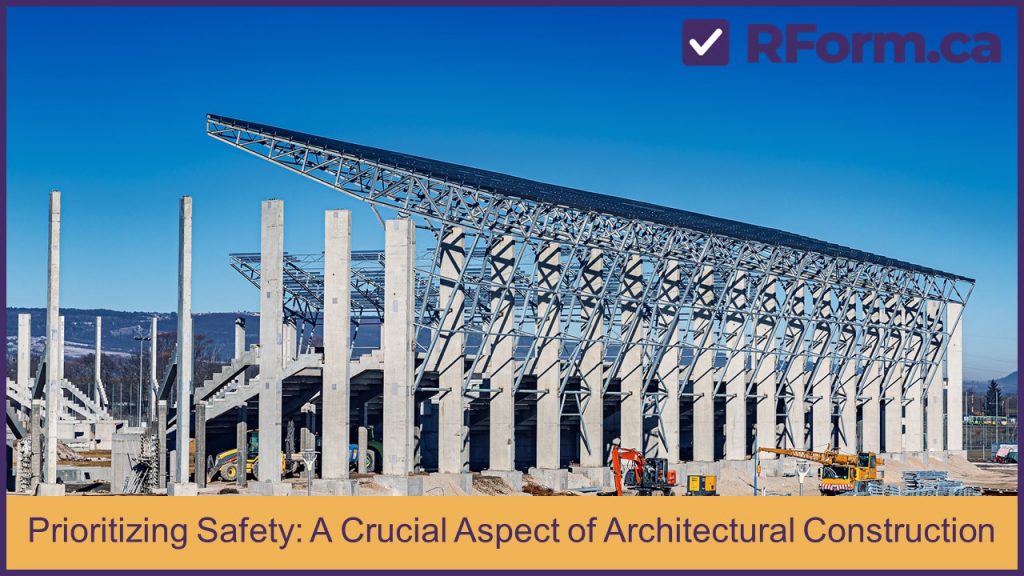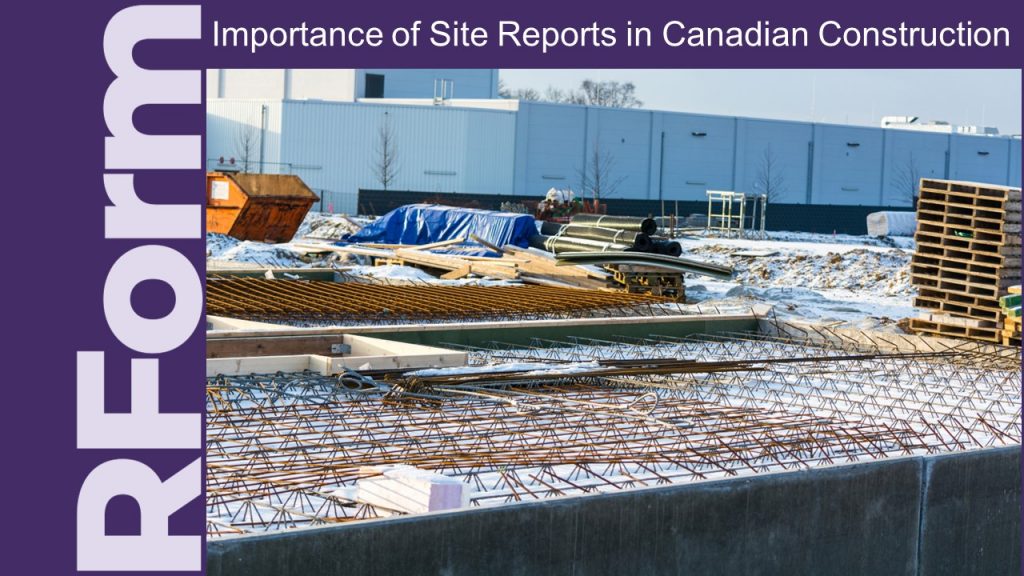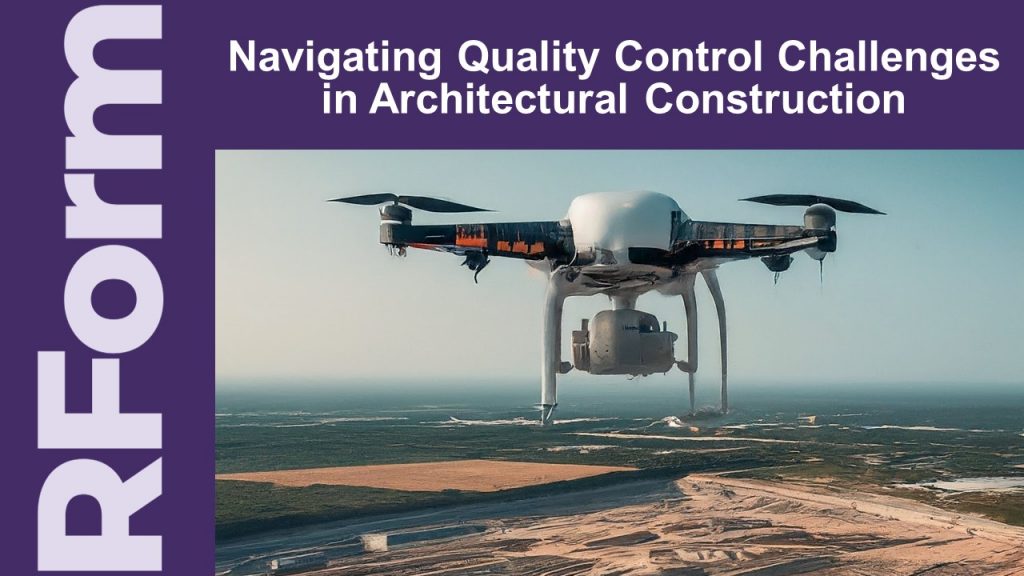
Safety is an essential component in any architectural construction project. From planning and design to construction and completion, ensuring the safety of workers, visitors, and the public is paramount. This article will delve into the importance of prioritizing safety in architectural construction projects. We will explore various strategies and best practices that can be implemented to minimize risks and create a secure environment for all stakeholders involved.
Establishing a safety culture in architectural construction projects is crucial for the success and well-being of all involved. By prioritizing safety from the planning stages to project completion, companies can create a foundation for success that ensures the protection of workers, visitors, and the public. Implementing comprehensive safety protocols and training programs helps minimize risks and prevent accidents on construction sites.
By fostering a strong safety culture, companies demonstrate their commitment to creating a secure environment for everyone involved in architectural construction projects. This protects individuals from harm and enhances overall project efficiency and quality. Through continuous evaluation, improvement, and communication regarding safety practices, companies can build trust with stakeholders and instill confidence in their ability to deliver safe and successful projects.
Identifying potential hazards in architectural construction projects is a proactive approach to risk management that can help prevent accidents and injuries. By conducting thorough assessments of the project site, materials, equipment, and processes involved, project teams can identify potential risks and take steps to mitigate them before they escalate into safety incidents. This preventive approach not only helps protect the well-being of workers and visitors but also safeguards the reputation and financial viability of the project.
Moreover, prioritizing safety in architectural construction projects involves creating a culture of accountability and communication among all stakeholders. By encouraging open dialogue about safety concerns, sharing best practices, providing ongoing training, and regularly reviewing safety protocols, project teams can foster a safe working environment where everyone feels empowered to speak up about potential hazards or unsafe conditions. Ultimately, by taking a proactive approach to risk management by identifying potential hazards early in the construction process, project teams can build safer structures while minimizing costly delays or setbacks caused by accidents or regulatory violations.
Implementing safety protocols can help minimize accidents, injuries, and potential hazards that may arise during the construction process. Conducting thorough risk assessments before work begins is a key guideline for creating a secure construction site. By identifying potential risks and hazards, architects and contractors can develop proactive strategies to mitigate these dangers and create a safer work environment.
Providing adequate worker training is another important aspect of implementing safety protocols on a construction site. Properly trained employees are more likely to adhere to safety procedures and guidelines, reducing the likelihood of accidents or injuries occurring. Regular safety meetings and inspections can also help reinforce the importance of safety on-site and address any concerns or issues that may arise during the project. Overall, prioritizing safety in architectural construction projects protects workers and ensures that projects are completed efficiently and within budget while minimizing risks associated with building structures.
Training and education are vital in equipping workers with the knowledge and skills to stay safe on architectural construction sites. By providing comprehensive safety training programs, workers can learn about potential hazards, proper equipment usage, emergency procedures, and best practices for preventing accidents. Ongoing education ensures that workers are up-to-date on the latest safety regulations and protocols, empowering them to make informed decisions prioritizing their well-being.
Investing in training and education not only protects the safety of workers but also enhances overall project efficiency and productivity. A well-trained workforce is better equipped to identify potential risks early on and take proactive measures to mitigate them, reducing the likelihood of costly delays or incidents. By fostering a safety culture through continuous learning opportunities, companies can create a work environment where everyone is committed to upholding high standards of safety excellence. In conclusion, prioritizing safety through training and education is essential for creating a secure environment where all stakeholders can thrive in architectural construction projects.
Communication and collaboration are crucial for fostering a team approach to safety in architectural construction projects. By encouraging open lines of communication among all stakeholders, including architects, engineers, contractors, and workers, potential hazards can be identified and addressed proactively. Collaboration allows for sharing knowledge and expertise from different perspectives, leading to a more comprehensive approach to safety management.
Creating a safety culture within the team requires clear communication about safety protocols, procedures, and expectations. Regular meetings and discussions about safety issues can help ensure everyone is on the same page and working towards maintaining a safe work environment. By emphasizing the importance of safety at every project stage – from planning to completion – teams can effectively prioritize safety as an integral part of their daily operations. Effective communication and collaboration not only enhance overall project efficiency but also contribute to creating a workplace where everyone feels valued and protected.
Regular inspections and audits are crucial in monitoring compliance with safety regulations and addressing any issues that may arise in architectural construction projects. These inspections help ensure that all safety protocols are followed and that potential hazards are identified and mitigated before they escalate into more serious problems. By conducting regular checks, project managers can proactively address non-compliance issues and take corrective action to prevent accidents or injuries on the job site.
Audits also play a key role in monitoring safety practices throughout a construction project. They comprehensively review all safety procedures, equipment, and training programs to verify that they meet industry standards and regulatory requirements. By conducting audits regularly, project managers can identify areas for improvement, implement necessary changes, and continuously track progress toward creating a safe work environment for everyone involved in the construction process. Ultimately, prioritizing safety through regular inspections and audits demonstrates a commitment to protecting the well-being of workers, visitors, and the public while upholding high standards of professionalism within the architectural construction industry.
Developing a comprehensive plan for crisis management is crucial in responding to emergencies that may arise during architectural construction projects. This plan should outline clear protocols and procedures for addressing various crises, such as accidents, natural disasters, or security threats. By proactively identifying potential risks and developing effective response strategies, project teams can minimize the impact of emergencies and ensure the safety of everyone on site.
Effective crisis management also involves establishing communication channels and designated roles for key personnel involved in the project. Clear lines of communication are essential for disseminating critical information quickly and coordinating response efforts. Additionally, regular training exercises and drills can help prepare team members to respond effectively to emergencies when they occur. Architectural construction projects can mitigate potential risks by prioritizing safety through proactive planning and preparedness measures and creating a secure environment for all stakeholders.
In conclusion, prioritizing safety in architectural construction projects is not only a legal requirement but also an ethical responsibility. By implementing best practices for crisis management and safety protocols, project teams can demonstrate their commitment to creating a safe working environment while protecting all individuals involved in the construction process. Developing a comprehensive plan for responding to emergencies ensures that proactive measures are in place to address unexpected events effectively and reduce potential harm or damage associated with crises.
Contact us for a Beta Opportunity:
RForm introduces its powerful Site Reporting feature to enhance Canadian Contract Administrators’ management of architectural construction projects. This tool empowers Contract Administrators with real-time data and collaboration capabilities, improving efficiency, compliance, and overall project outcomes.
With RForm’s Site Reporting, contract administrators gain unprecedented visibility on project progress. Real-time updates on milestones, potential issues, and changes eliminate delays stemming from miscommunication. Contract Administrators can confidently monitor project timelines against budgets, make timely decisions, and ensure compliance with Canadian building codes and contractual obligations.
The feature’s centralized platform enables seamless collaboration between architects, contractors, consultants, and other stakeholders. This open communication channel minimizes misunderstandings and ensures everyone works with the same up-to-date information. For Contract Administrators, this translates to smoother project execution and reduced risk.

